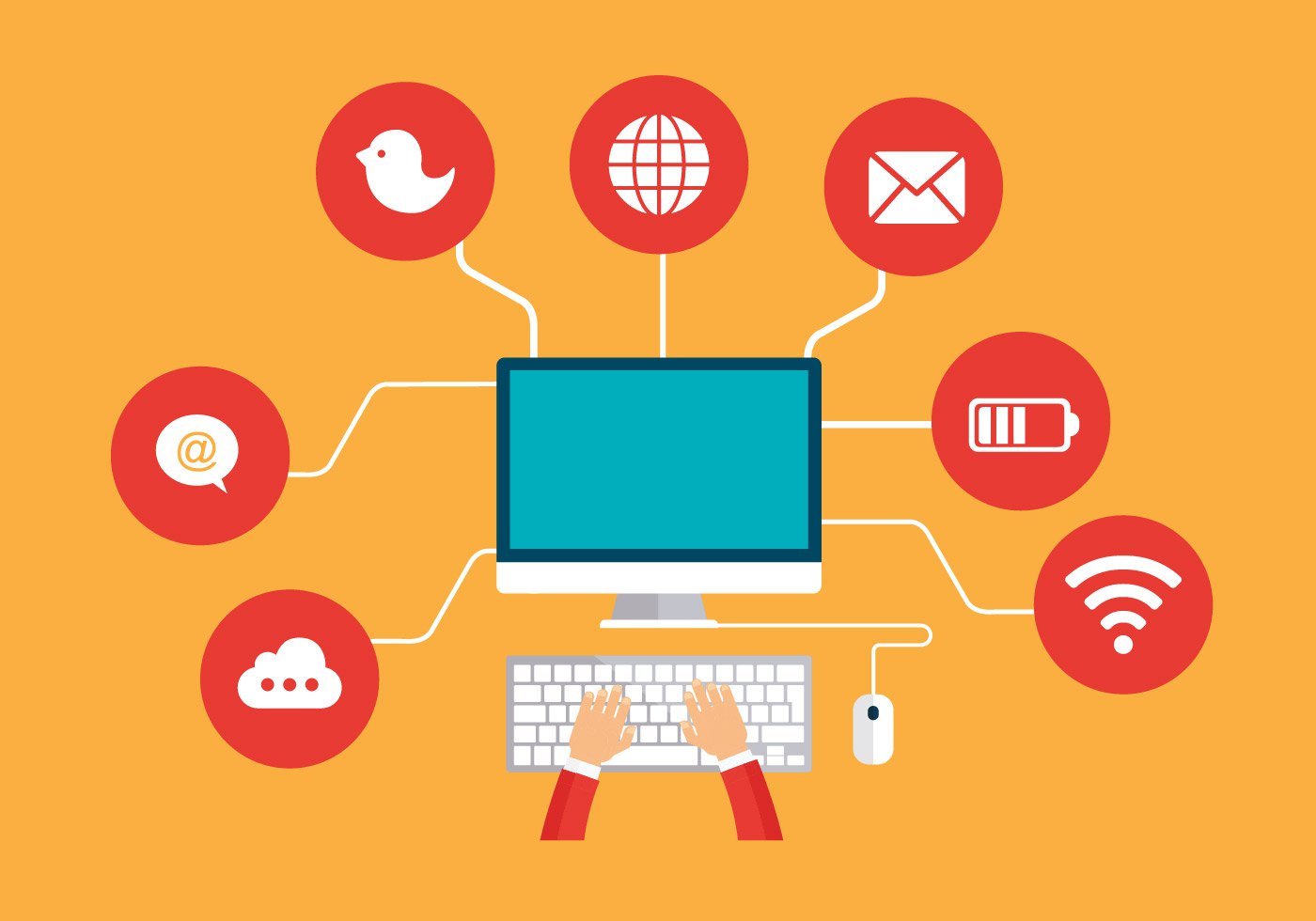Understanding Integrated Circuits (ICs) in Computers
Ever wondered what makes your computer tick? Beyond the keyboard and screen lies a complex world of miniature components working together seamlessly. At the heart of this intricate dance are integrated circuits (ICs), tiny powerhouses that drive the digital age. Understanding what ICs are and how they operate unlocks a deeper appreciation for the technology we use daily.
An integrated circuit, also known as a chip or microchip, is a semiconductor wafer containing miniaturized electronic circuits. These circuits are typically made of silicon and incorporate transistors, resistors, capacitors, and other components. ICs are the fundamental building blocks of modern electronics, enabling the complex computations and data processing that power our computers, smartphones, and countless other devices.
Imagine a city condensed onto a tiny sliver of silicon. This miniature metropolis comprises interconnected components, each performing a specific task. Just as different districts within a city contribute to its overall function, the various elements within an IC work together to execute complex operations. These chips, often no larger than a fingernail, contain millions, even billions, of transistors, demonstrating a remarkable feat of engineering.
The integration of numerous components onto a single chip allows for increased efficiency, reduced size, and lower power consumption compared to discrete circuits. This miniaturization has revolutionized electronics, making powerful computing devices accessible and portable.
From the earliest computers filling entire rooms to the sleek laptops and smartphones we carry today, the evolution of ICs has been pivotal. Understanding the history and ongoing development of these crucial components allows us to appreciate the rapid progress of technology and anticipate future advancements.
The invention of the integrated circuit is credited to Jack Kilby and Robert Noyce in the late 1950s. Their independent yet nearly simultaneous breakthroughs marked the beginning of the "microelectronics revolution." Early ICs were relatively simple, but advancements in manufacturing processes, such as photolithography, enabled the creation of increasingly complex and powerful chips.
ICs play a crucial role in virtually every aspect of modern computing. They form the central processing unit (CPU), the "brain" of the computer, responsible for executing instructions. They also comprise memory chips, which store data, and other essential components like graphics processing units (GPUs). Without ICs, the devices we rely on daily would be vastly different, if not impossible to create.
Different types of ICs serve various purposes within a computer system. Logic ICs perform logical operations, while memory ICs store data. Interface ICs facilitate communication between different components, and power management ICs regulate the flow of electricity. Understanding the different types of ICs helps grasp the intricate interplay within a computer system.
The benefits of using ICs are numerous. Miniaturization allows for smaller and more portable devices. Increased speed enables faster processing and quicker response times. Lower power consumption results in longer battery life and reduced energy costs. These advantages have driven the widespread adoption of ICs across a vast range of applications.
One challenge in IC design and manufacturing is managing heat dissipation. As transistors shrink in size and become more densely packed, the heat generated increases. Effective cooling solutions are essential to prevent overheating and ensure reliable operation.
Another significant challenge is the increasing complexity of chip design. As ICs become more sophisticated, the design process becomes more challenging and time-consuming. Advanced design tools and techniques are crucial for managing this complexity.
Advantages and Disadvantages of Integrated Circuits
| Advantages | Disadvantages |
|---|---|
| Miniaturization | High Initial Design Cost |
| Low Power Consumption | Difficult to Repair |
| Increased Speed | Can be Affected by Static Electricity |
Frequently Asked Questions:
1. What is an IC made of? Silicon is the most common material.
2. How small are ICs? They can be smaller than a fingernail, yet contain billions of transistors.
3. Who invented the IC? Jack Kilby and Robert Noyce are credited with the invention.
4. What is the CPU? The Central Processing Unit, the "brain" of the computer, is built using ICs.
5. What are some types of ICs? Logic ICs, Memory ICs, and Interface ICs are some examples.
6. Why are ICs important? They enable the complex functions of modern electronics.
7. What are some challenges in IC design? Heat dissipation and increasing complexity are significant challenges.
8. What is the future of ICs? Ongoing research focuses on further miniaturization and increased performance.
Tips and tricks for handling ICs include avoiding static electricity and ensuring proper cooling.
In conclusion, integrated circuits are the unsung heroes of the digital age. These tiny marvels of engineering power the devices we rely on daily, from computers and smartphones to cars and medical equipment. Understanding their function, history, and importance unveils the intricate world within our electronic devices. The continued advancement of IC technology promises even more powerful and efficient devices in the future, further transforming the way we live, work, and interact with the world. As we move forward, appreciating the significance of these miniature powerhouses allows us to embrace the ongoing evolution of technology and its profound impact on our lives. Exploring the world of ICs is a journey into the heart of modern technology, a journey well worth taking.
Unlocking math navigating the go math book pages
Nfl week 2 matchups odds predictions and analysis
Unlocking narrative power story elements














